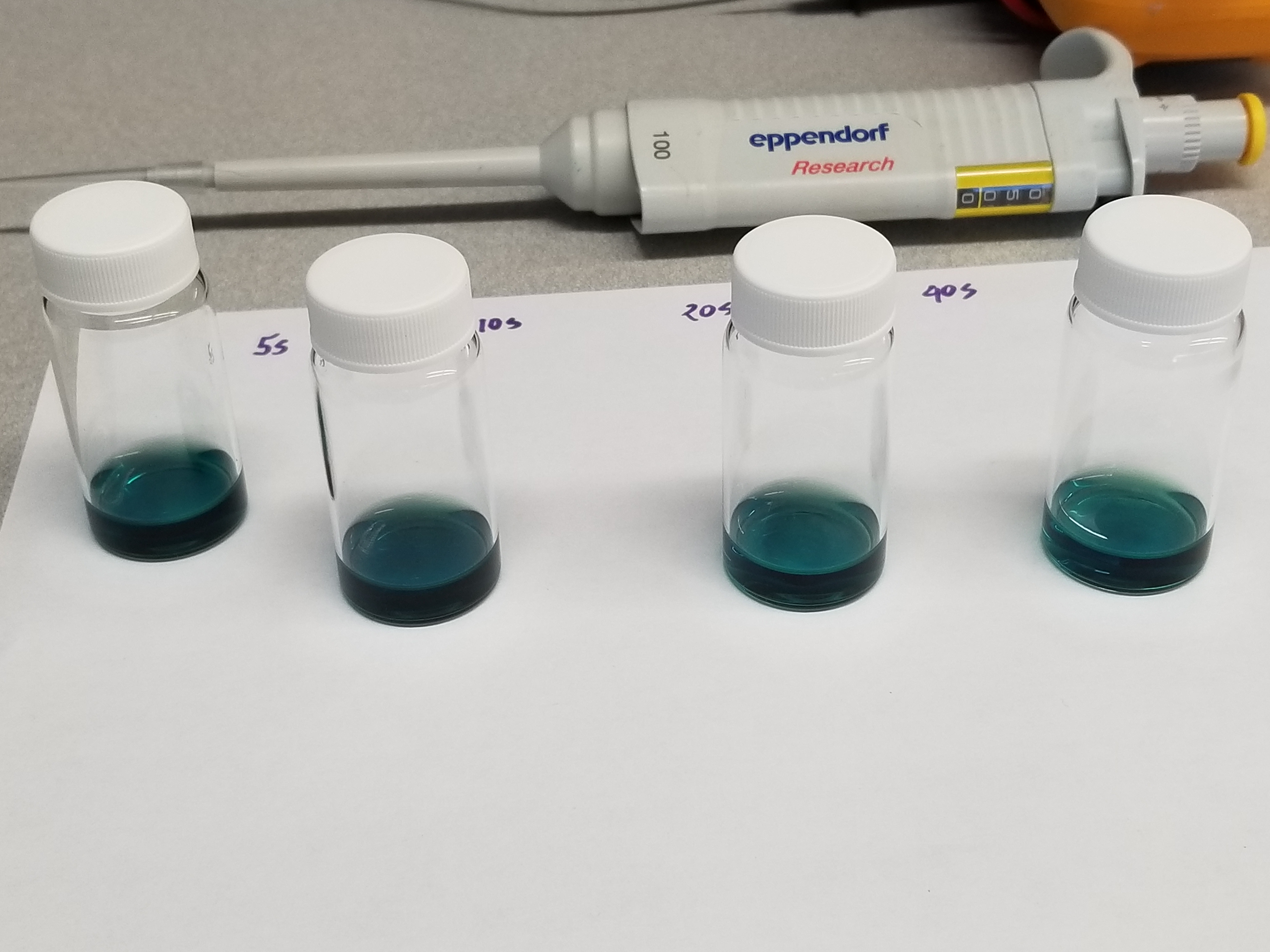Shaf is putting together some membrane reactors for testing the efficiency of enzymes at chewing up leftover organic matter (think grass clippings or crop waste) to turn it into fuels and other useful products. There is a lot of gluing involved in the prototypes. Laser-cut acrylic pieces plus a membrane form a chamber to send liquids past surface-bound enzymes. When our test solution hits an enzyme-coated membrane, it goes green– a color change we will measure with a spectrometer.
 Enzymes are protein solutions with a short shelf life, so Shaf preserves the fresh solutions by flash-freezing them in liquid nitrogen. This means filling a bucket from the tank that feeds the cleanroom. Thanks to Julia we have a better container than a regular bucket.
Enzymes are protein solutions with a short shelf life, so Shaf preserves the fresh solutions by flash-freezing them in liquid nitrogen. This means filling a bucket from the tank that feeds the cleanroom. Thanks to Julia we have a better container than a regular bucket.
